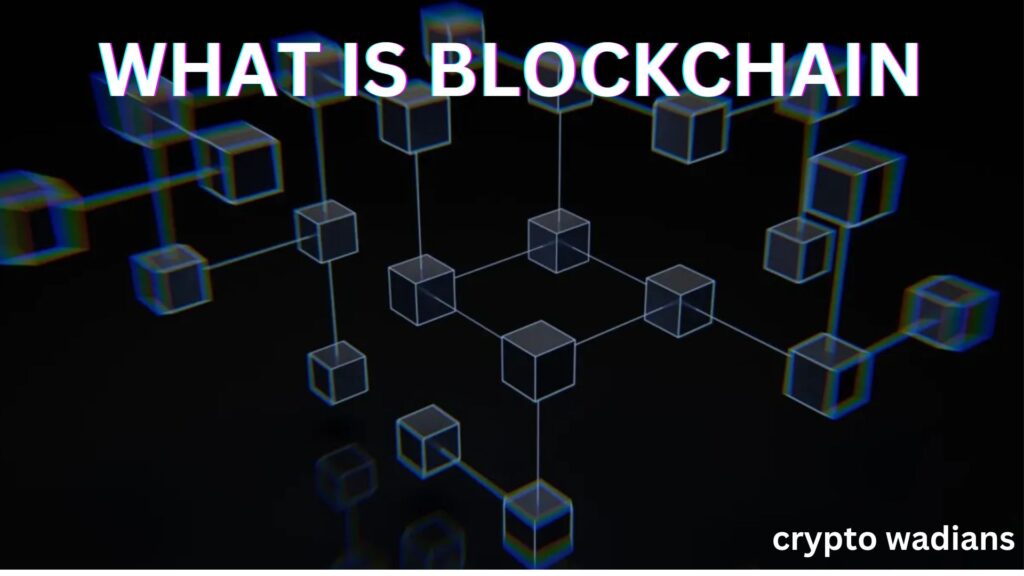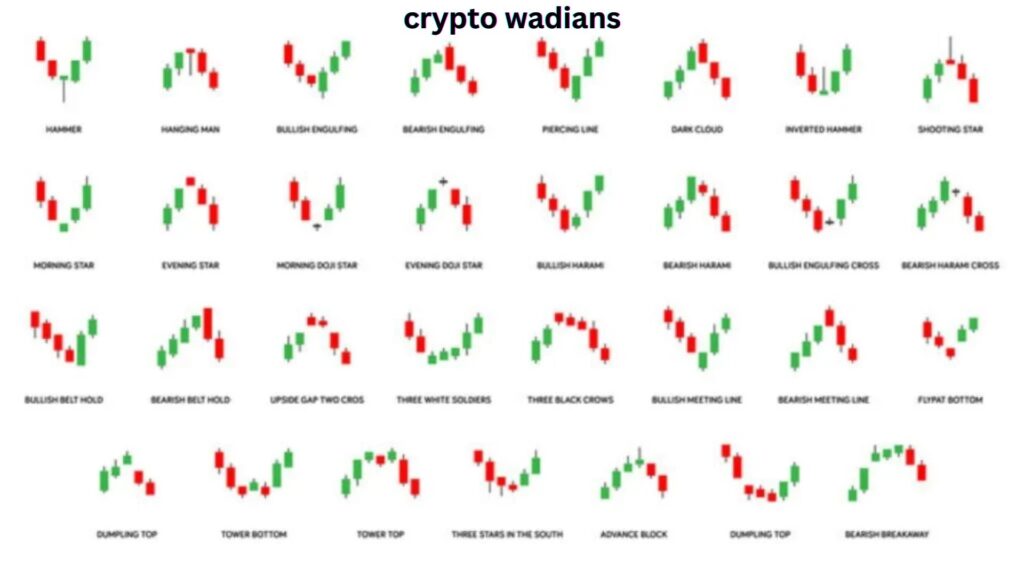What is Blockchain?
A blockchain is a decentralized, distributed, public digital ledger that records transactions across numerous computers in an irreversible and verifiable manner. Accordingly, any modifications to the record can only be made in the past with the network’s consent and by changing every block that comes before and after it. This eliminates certain transaction and processing costs and reduces risk.

Blockchain has emerged as a new player in the business world, despite being best known for being the technology underlying the Bitcoin virtual currency. It is becoming more and more common as a way for businesses with significant issues with data management and security to swiftly carry out and authenticate transactions via a network without requiring a central authority.
More than 40 of the world’s leading financial institutions and an increasing number of businesses from all sectors are currently testing distributed ledger technology as a safe and open means of tracking asset ownership online. This trial may save costs, speed up transactions, and lessen the possibility of fraud. Some businesses are using blockchain technology to monitor the flow of assets throughout their supplier chains, as well as to electronically draft and oversee agreements.
Blockchain technology is a state-of-the-art database system that allows for transparent information sharing inside an enterprise network. Blockchain databases contain data in blocks that are joined in a chain. The blockchain distributes exact duplicates of a database throughout a whole network, making it exceedingly difficult to deceive or take advantage of the system. The system guarantees that the shared picture of these transactions is consistent and has built-in protections against illegal transaction submissions.
Although cryptocurrencies continue to be the most popular use case for blockchain technology, there are a plethora of additional uses for this technology that could arise. Let’s explore the definition of blockchain, its operation, its applications, and how it guarantees security, among other things.
What is Blockchain and why is called a blockchain?
Blockchain technology uses a distributed, decentralized ledger to keep ownership data for digital assets up to date. Blockchain technology has the potential to upend a lot of industries, including payments, cybersecurity, logistics, and healthcare, because data saved on it cannot be changed. For distributed ledger technology, or blockchain, to work, a lot of people need to be involved. The several encrypted documents that make up a chain’s “blocks” describe both historical and current transaction data. Because to cryptography, data is sent and stored in encrypted formats (the Greek word Kryptos means disguised).

Blockchain technology is the concept or structure that governs a blockchain’s operation. Blockchain technology enables cryptocurrencies like Bitcoin, just as the Internet enables everything.
Beyond cryptocurrencies, the blockchain is an immutable distributed digital ledger—a digital record of transactions or data stored across multiple locations on a computer network. Two fundamental qualities of a blockchain are immutability and distributedness. The ledger is unchangeable, so you can always count on its accuracy. The distributed ledger’s immutable transaction record is available to all network users. Transactions are only ever recorded once in this shared ledger, which removes the need for redundant work that occurs in traditional commercial networks.
The blockchain’s distributed architecture protects it from network assaults. Every record or entry on the ledger is stored in a different “block.” For example, blocks on the Bitcoin blockchain usually have more than 500 transactions. A series of exchanges is produced gradually as a result of the relationships and dependencies that exist between the data in each block, which are connected to one another. Consequently, “blockchain.”
Blockchain technology creates an aesthetically pleasing presentation of records stored in a central database. Many users, or “nodes,” share in the risk as well as the management. Every user is a “node” on the network, and they work together to keep an eye on all transactions. This has made a common, identical, and irreversible ledger of transactions accessible to all parties on the network. Stated differently, every node contributes to the blockchain’s upkeep by verifying newly added data. Any node can contribute new information to the database. Before adding new data to the blockchain, the majority of nodes must agree in order to maintain network security.
Why is Blockchain Important?
Blockchain is a very exciting and revolutionary technology that can eliminate fraud, scale transparency, and lower security risks.
The 2010s saw the first mention of blockchain technology in the media because of its connections to cryptocurrencies and NFTs. It has since developed into a managerial tool that is employed by many international industries. Blockchain technology is currently being utilized to shift ownership and data handling entirely, improve games, secure medical information, and increase transparency in the food supply chain.
At its core, blockchain is merely a dispersed digital ledger that stores many types of data. NFT ownership, DeFi smart contracts, and cryptocurrency transactions may all be tracked using blockchain technology.
Blockchain is unique in that it is entirely decentralized, even though this kind of data may be kept in any conventional database. Consider a bank database or an Excel spreadsheet. However, a blockchain database is stored on several identical copies on multiple workstations distributed throughout a network, rather than being maintained in one location by a single administrator. These several machines are together referred to as nodes.
Using standard database systems to capture financial transactions presents many obstacles. Consider the sale of a house as an example. After the money is exchanged, the buyer owns the property. Both the vendor and the buyer are capable of monitoring the financial transactions on their own, but neither source can be trusted. When they haven’t, neither the seller nor the buyer can easily deny having made the payment, even though they can both claim to have done so.
To avoid possible legal issues, a responsible third party needs to keep an eye on and validate transactions. This central authority creates a weak point in addition to making the transaction more difficult. If the primary database is breached, both sides could be impacted.
Blockchain solves these issues by creating a decentralized, impenetrable transaction recording mechanism. In a real estate transaction, blockchain creates independent ledgers for the buyer and the seller. Every transaction is automatically updated in real-time in both parties’ ledgers and is subject to approval by both. The entire catalogue will become tarnished if previous transactions are manipulated.
The unique properties of blockchain technology make it useful across a wide range of sectors. It is even used to generate virtual currency that can be used for online transactions, such as Bitcoin.
Due to the decentralized nature of its technology, which is supported by numerous nodes that maintain the entire system and confirm a transaction before it becomes a part of the permanent record, blockchain is also seen as a helpful innovation. Some blockchain technology supporters see this characteristic as the most crucial one. This is because some who support blockchain technology think it makes it easier to build networks without a single point of failure.
Blockchain can make record keeping permanent, transparent, and innovative. For instance, everyone who wants to confirm a particular transaction can theoretically do so because a blockchain records the entire history of transactions. This is possible without compromising participant privacy or disclosing specifics of the records to participants who are not authorized to see them. Additionally, it is highly challenging for a bad actor to misrepresent or alter transaction data because entries on a blockchain cannot be changed to view them. Additionally, because records on a blockchain are immutable, it is extremely difficult for a bad actor to falsify or alter transaction data.
Many nodes must validate a blockchain transaction, which could reduce errors. If one node had a database error, the other nodes would detect something was wrong and identify the error. Blockchain is a shared, unchangeable ledger that makes it easier to track assets and record transactions in a network of businesses. A blockchain has several benefits over traditional databases, even though its primary function is as a database for transaction recording. Most importantly, it provides these business benefits and removes the possibility of meddling with a bad actor.
Features of Blockchain
1. Decentralization
Decentralization in the context of the blockchain network is the transfer of authority and accountability from a centralized entity (a person, an organization, or a group) to a distributed network. In decentralized blockchain networks, transparency encourages participants to have less faith in one another. Additionally, these networks prohibit users from interacting with one another in ways that negatively impact the functionality of the network.
2. Immutability
If something is immutable, it cannot be changed or altered. A transaction cannot be altered by another participant after it has been added to the shared ledger. You have to add a new transaction and make both transactions available to the network in order to fix a mistake in a transaction record.
3. Consensus
Rules regarding participant consent for transaction recording are established by a blockchain system. New transactions can only be recorded until they are approved by the majority of network users.
4. Transparency
Because the Bitcoin blockchain is decentralized, every transaction may be transparently viewed through the use of blockchain explorers, which allow anybody to view transactions in real time, or by having a personal node. A copy of the chain is updated on each node when new blocks are added and verified. This suggests that, should you so want, you could follow Bitcoin wherever it goes.
To give one example, exchanges have been compromised in the past, meaning that anyone with Bitcoin held there lost everything. Despite the hacker’s total anonymity, the stolen Bitcoins can be easily identified. If any of the Bitcoins obtained during these breaches were moved or utilized in another location, that information would be available.
Naturally, most blockchains, like the Bitcoin blockchain, store data in encrypted form. This suggests that the owner of the record will be the only one who can use a public-private key pair to decode the file and reveal their identity. Blockchain users can so continue to be anonymous while still remaining transparent.





Pingback: Why is Crypto so Volatile? A Beginner Guide - cryptowritings.com
Pingback: What is Bitcoin (BTC)? - cryptowritings.com